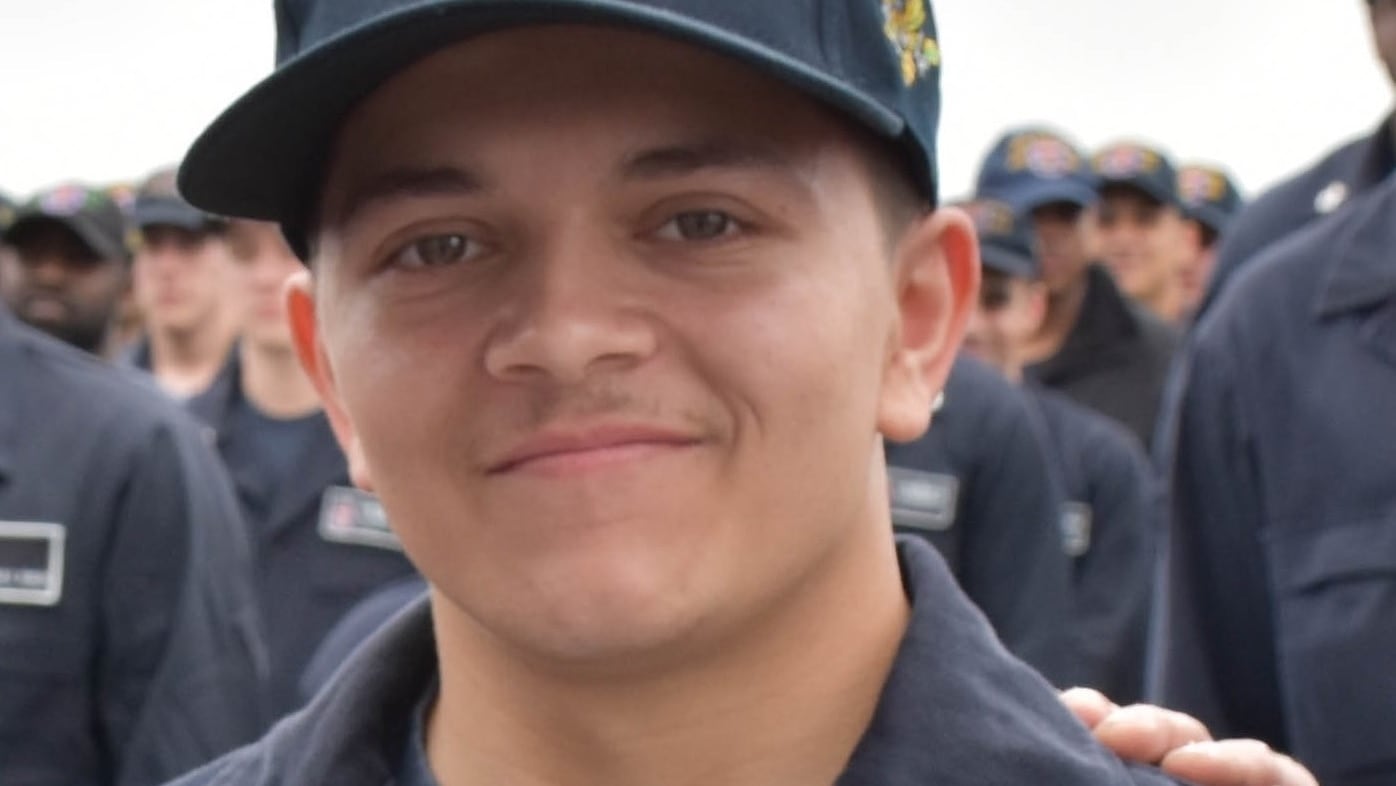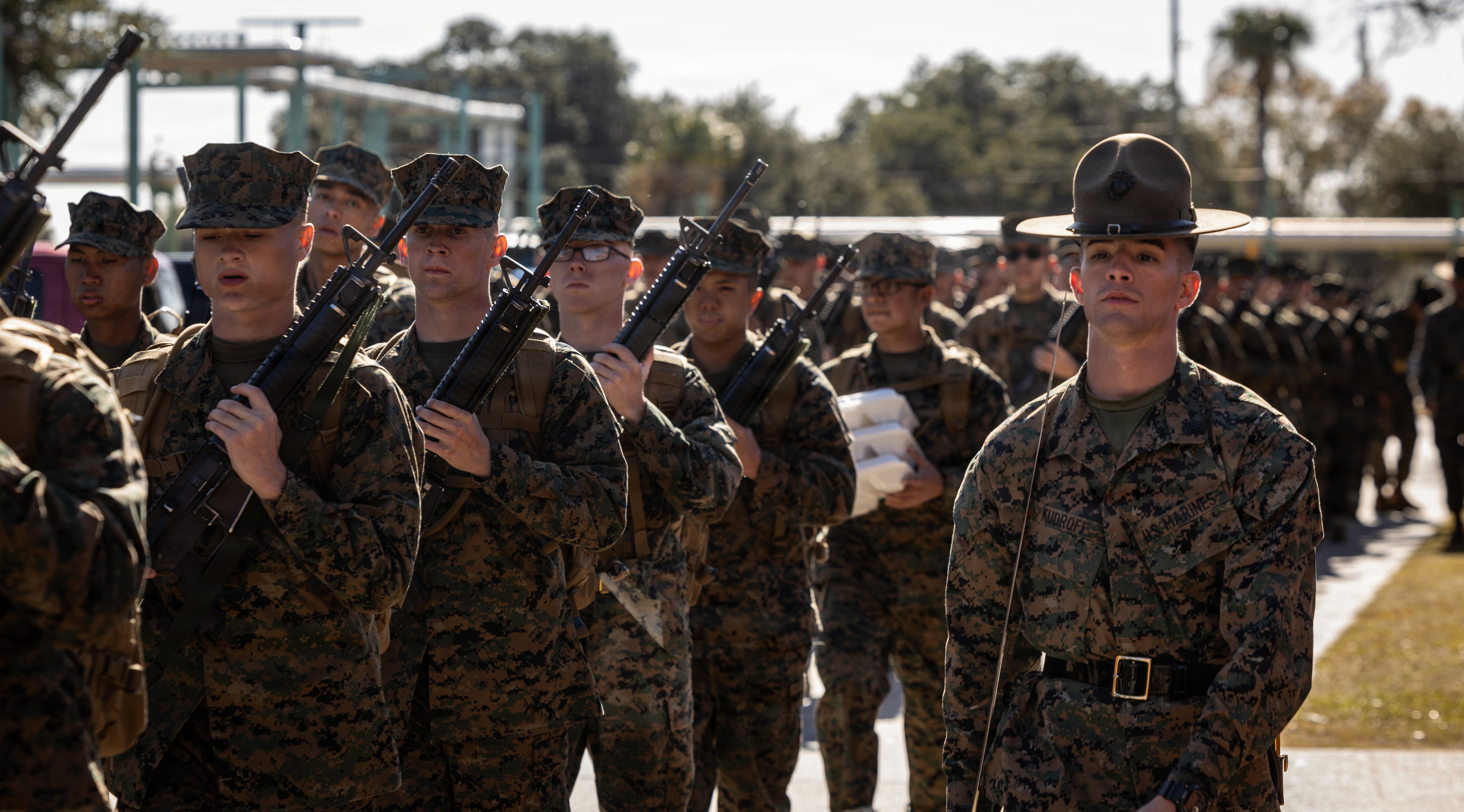In light of fatal collisions and crashes in the West Pacific that killed a total of 20 sailors in 2017, the Navy’s top officer said this week that the service will look to end 2018 with a safer Navy for its rank and file.
“By dedicating our hearts and minds to this calling, we will finish 2018 as the safest Navy for our Sailors, the most rewarding for our partners, and the most lethal Navy for our enemies,” Chief of Naval Operations Adm. John Richardson said in a message sent to the fleet Thursday.
Richardson pointed to a changing world, where “adversaries are adaptive and increasingly assertive,” he wrote.
“We must learn from our mistakes, capture our successes, share those insights across the force, and improve upon our best every day,” Richardson said. “We will continue challenging ourselves at every level.”
The CNO’s rallying cry comes only weeks after Navy Secretary Richard Spencer’s strategic review faulted the service for allowing a culture where operational tempo takes priority over a ship’s shortcomings, an approach that institutionalized dangerous and unsustainable shortcuts in the process.
While Spencer’s review took a broad view of the Navy’s issues that emerged after two destroyer collisions killed 17 sailors this summer, a comprehensive review commissioned by the CNO last year revealed specific problems with training and readiness.
Both reviews noted that sailors must be empowered to speak up if their ship is not ready to get underway, and that a mission can’t come before ensuring a ship or its crew can undertake that mission safely and capably.
Richardson’s message emphasizes “rigorous practice” and “thoughtful reviews” in 2018.
RELATED

“Assessment must be constant, and feedback must be an integral part of our process at all levels in the chain of command,” he wrote.
Richardson also noted other Navy milestones in 2017, including the destroyers Ross and Porter firing tomahawks into Syria in April and the commissioning of the carrier Gerald R. Ford.
Still, 2017 reminded every sailor of the “unforgiving nature of the sea,” Richardson said, pointing to five serious incidents in 7th Fleet’s waters.
In addition to the Fitzgerald and McCain collision, three sailors died in November after the C-2A Greyhound crashed as it prepared to land on the carrier Theodore Roosevelt.
Non-fatal incidents included the cruiser Antietam running aground in Tokyo Bay last January and the Lake Champlain colliding with a South Korean fishing vessel in May.
“Four of these incidents were preventable, caused by human error as we took our eye off mastering the basics in seamanship and navigation,” Richardson said. “Twenty dedicated Sailors were lost.”
Geoff is the managing editor of Military Times, but he still loves writing stories. He covered Iraq and Afghanistan extensively and was a reporter at the Chicago Tribune. He welcomes any and all kinds of tips at geoffz@militarytimes.com.





